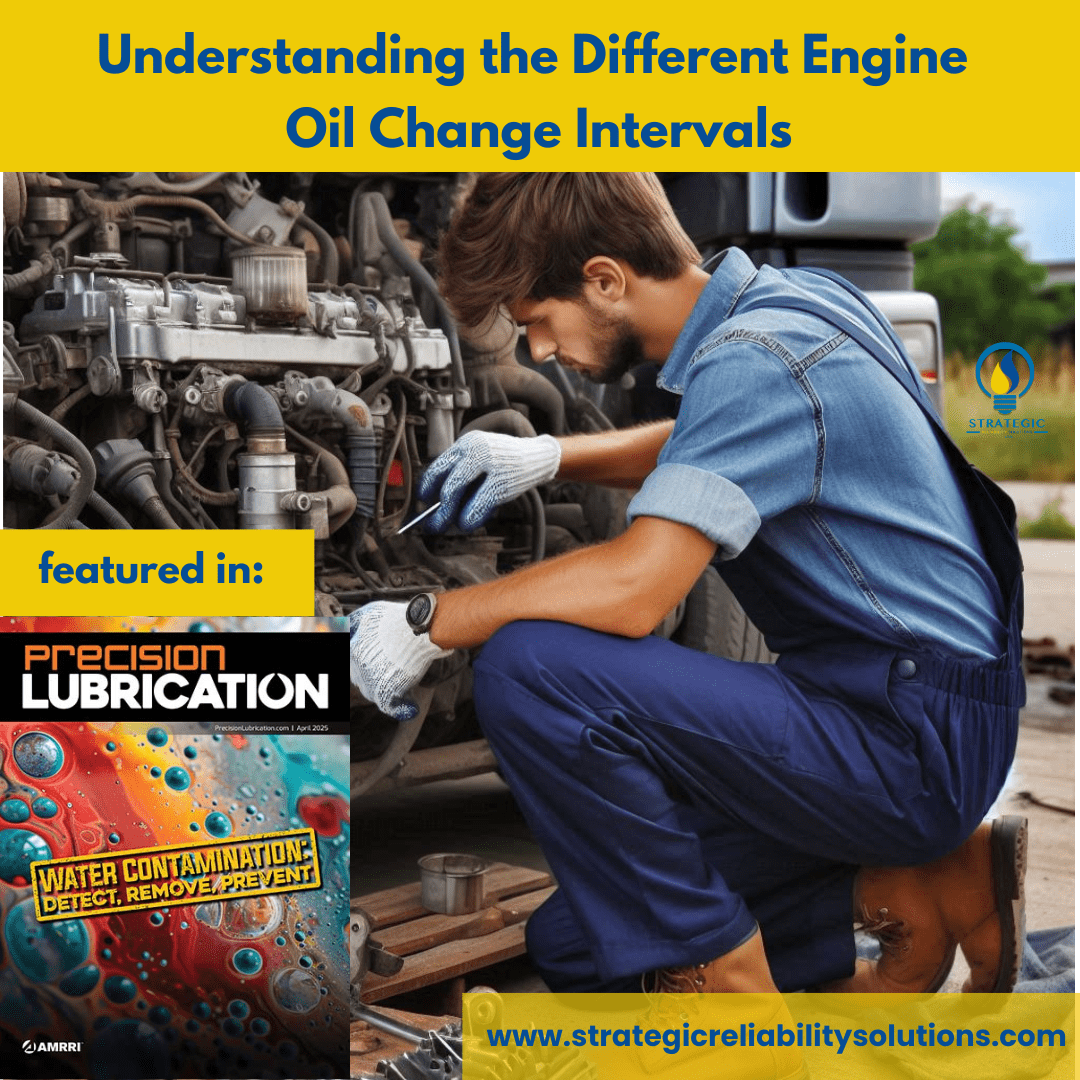Keeping hydraulic oils clean is critical to their operation, as any contaminant can interfere with the amount of power that they can transmit. These oils are also subjected to harsh conditions, so monitoring their quality will help to ensure that they provide the maximum efficiency for the system in which they are working.
Importance of Regular Maintenance
Hydraulic oil systems are notoriously known for leaks. Sometimes this revolves around failed seals or the improper use of material for the actual system, which cannot tolerate the existing conditions. Despite the root cause of the leak, it is essential to perform regular inspections on hydraulic equipment, as a leak can lead to a loss of power, potentially delaying or causing work in progress to come to an unexpected halt.
Hydraulic leaks are also detrimental to the environment, particularly if they seep into the ground or waterways. Hence, it is crucial to perform regular checks and maintenance on hydraulic systems to prevent harm to the environment.
A single unnoticed hydraulic leak can halt production and harm the environment.
Some other factors to consider regarding the maintenance of hydraulic fluids include maintaining the temperature and oil levels at the expected system values, as well as keeping the hydraulic oil clean to avoid contaminants.
Users should also be performing routine oil analysis (to catch any changes to the oil, which may lead to detrimental effects). Additionally, routine inspections can include checking noise levels, shock loads, filtration, vibration, leakage, fluid odor, color, and the presence of foaming. These additional methods can prove beneficial for intercepting early failures.
Common Methods for Monitoring Hydraulic Oil Condition
When monitoring hydraulic oils, several key characteristics to pay attention to include viscosity, AN (Acid Number), Water content, the presence of wear metals, and contaminants.
Any change in viscosity can affect the transfer of power, while an increase in Acid Number (AN) can indicate the degradation of the oil. On the other hand, the presence of any contaminant can also impact the performance of the oil, possibly leading to its degradation while acting as a catalyst.
Alternatively, the presence of wear metals can also indicate that wear is occurring on the inside of the hydraulic equipment. It may initiate a physical maintenance check to determine the extent of the wear.
Steps for Changing Hydraulic Oil
When changing hydraulic oil, it is important to note the previous condition of the oil. If there is a high concentration of contaminants, the system should ideally be flushed before introducing a new batch of oil. This prevents the new oil from also becoming contaminated and degrading at an accelerated rate.
Additionally, some physical contaminants may have also become lodged in the tighter clearances. Hence, it is always a good idea to perform a flush on the system, ensuring that it is clean before a new batch of oil is used.
Proper Storage and Handling
Hydraulic oils must be clean, and depending on the system, they have very specific cleanliness requirements. As such, when storing hydraulic oils, special care should be taken to ensure that the rooms are clean, the decanting equipment is clean (free from dirt or other contaminants), and a filter cart is used when decanting new oil into a system. Hydraulic oils do not mix well with other oils, and dedicated systems or equipment are required for decanting these oils.
Troubleshooting Common Issues
One of the main issues with hydraulic oils is their susceptibility to contamination. Contaminants can be in the form of physical particles, liquids, or gases.
In the case of gases, this usually leads to cavitation (one very common challenge with hydraulic oils) or an increase in the presence of foam. Hydraulic oils can also become contaminated with water, which affects their ability to transfer the required amount of power.
If your pump sounds like marbles, air or cavitation is already stealing performance.
Typically, technicians have reported hearing the “sound of marbles” within pumps that are experiencing cavitation. In these cases, there is usually an air leak or air entering the system where it is not intended to. This can be an issue with the intake or suction part of the pump, where the oil levels are low enough to allow for air to enter the system and then become trapped. In these cases, a baffle plate can be placed inside the reservoir at a 60-degree angle to trap some of the air bubbles.
On the other hand, when water is present in the hydraulic oils, depending on the concentration, a vacuum dehydrator or regular filtration system can be used to help remove the water. Subsequently, for hydraulic oils that contain a high level of physical contaminants, a filtration system can also be used to help remove them from the system.
Find out more in the full article, "Hydraulic Oil Basics: Functions, Types, and Performance Factors" featured in Precision Lubrication Magazine by Sanya Mathura, CEO & Founder of Strategic Reliability Solutions Ltd.





















